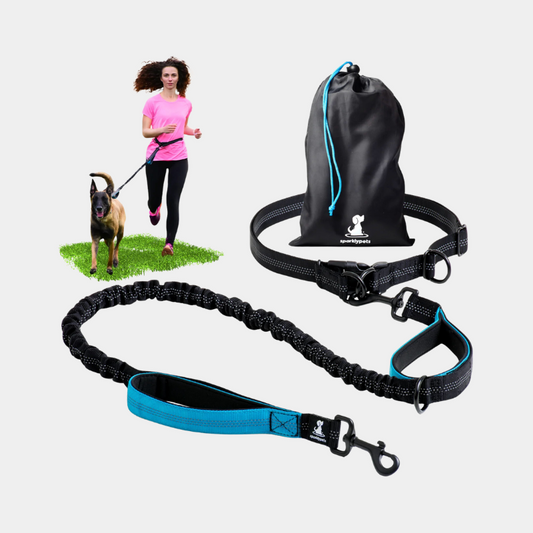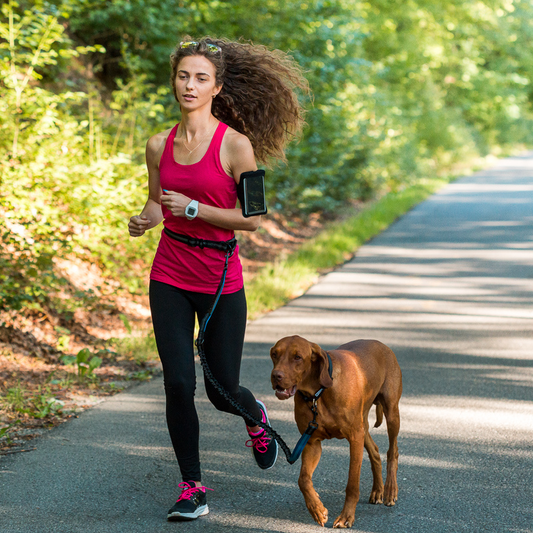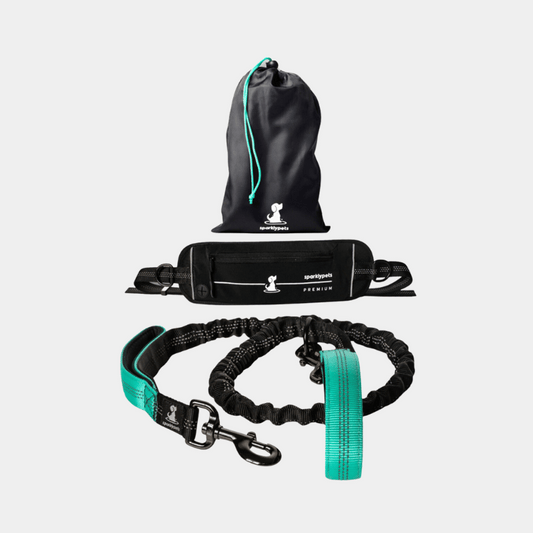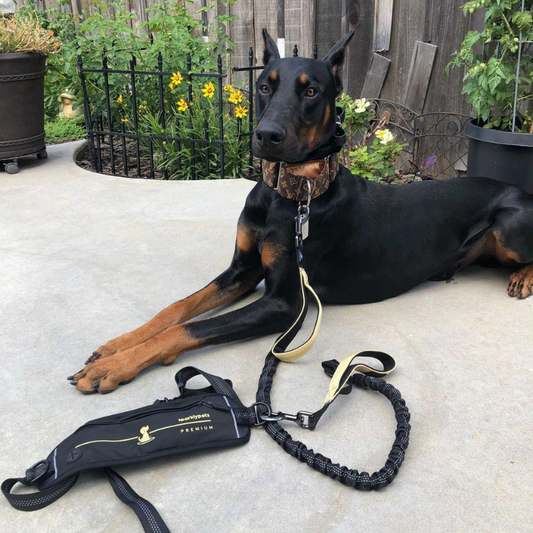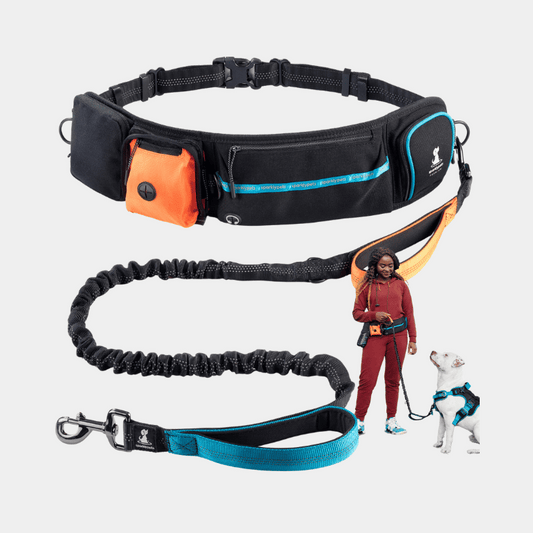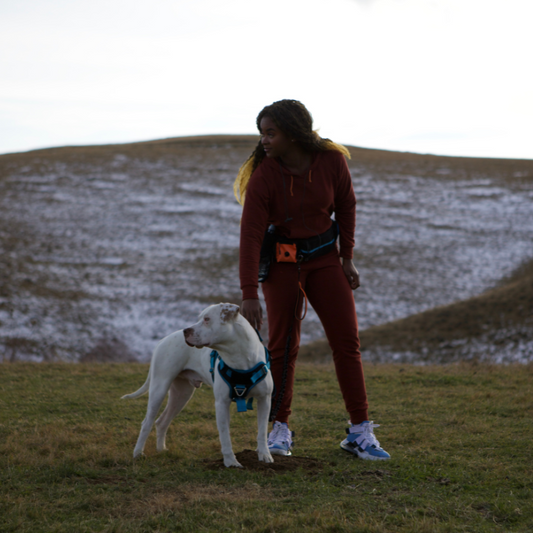Like humans, when they grow old, dogs can develop joint issues as they grow older. While some wear and tear is normal, and joints will naturally become weaker as the dog grows older, there are a few things to watch out for so that you can give your dog a broader lifespan. And this is especially true if your dog is very physically active.
Follow along with this article to learn more about what you can do to help maintain your dog’s joints in tip-top shape.
Keep your dog at a healthy weight
Maintaining a healthy weight for your pooch is essential for several (and more obvious) reasons. You want Fido to live a long and happy life. But beyond the general idea of a happy life lies the actual problems your dog must avoid - like weight management. An overweight dog is more prone to having joint problems, because of the additional strain on them.
To avoid weight problems in your dog, make sure you only feed your dog good quality food, in limited amounts (as recommended by your vet, based on your dog’s size and needs). Another important action you need to take is to make sure your dog gets daily exercise. Whether we’re talking about a daily walk or a weekend hike, walking on different surfaces often will exercise your dog’s joints and strengthen them. This, in turn, will also make sure your dog burns off the calories they consumed so that they don’t run the risk of becoming overweight.
Offer nutrient-rich foods
The way your dog eats is very important. We’ve already touched upon the importance of not overfeeding your dog, as it can lead to obesity. However, that’s not the only thing you need to watch out for. The food your dog eats needs to be rich in nutrients that support the production of glucosamine, which is known for helping build the cartilage in the joints (both in dogs and humans).
Besides making sure you choose the best food for your dog, preferably one that follows a diet recommended by your veterinarian, you can include a variety of fruit and veggies (making sure they are not harmful to your dog first).
Regular vet visits
Yes, we know - most dogs hate going to the vet. But this is a necessary “evil”. A routine checkup from your dog’s vet can catch any early on arthritis or joint issues that your dog may develop throughout their life and the doctor will be able to treat them. This way, you can minimize the damage and the costs (hey - it’s cheaper to pay for a vet checkup than it is to pay for expensive treatments for a disease).
When choosing a vet, make sure that your dog’s comfortable with them (it may take a few tries). Additionally, you need to make sure that the vet you chose is familiar with your dog’s specific breed pathologies, as some breeds are more prone to certain illnesses. For instance, German Shepherds are known for being genetically prone to hip dysplasia and Rottweilers are prone to arthritis. Your veterinarian should be familiar with this to be able to prevent injury.

Accommodate your dog’s needs
Accommodating your dog’s needs can mean different things depending on the size and age of your dog. For example, giant breeds (like the Great Dane) require special dietary supplements like calcium to make sure their bones develop correctly.
On the other hand, if your dog is on the older side of the spectrum, you may need to accommodate less climbing up-down the stairs, cushion the blow of hardwood floors with something a bit softer, and making sure your dog avoids injury.
Treat injuries swiftly
Since we mentioned avoiding injury, let’s also take care of what happens should one occur. Sometimes, it’s inevitable for your dog to get hurt as they run and play. If it happens, make sure you take them to the vet and treat the injury as quickly as possible. The delay may cause long-term damage to your dog’s joints, which is something we want to avoid.
If you suspect your dog has been injured, first inspect the paw by massaging it gently. Any soreness should be visible immediately, as your dog retracts the paw. If that’s the case, there are two things you need to do: offer rest to ensure recovery and take your dog to the vet to investigate the issue further.
All in all, it’s not too complicated to take care of your dog’s joints. By just following the advice from above you’ll be set on the right path to success. Don’t forget to enjoy the journey with your dog, make memories and create that special bond every pet owner has with their pooch.


